In the vast fields of China’s countryside, a quiet revolution is taking flight—one powered by tiny, tech-savvy machines that are redefining how we grow food. As the world grapples with the twin challenges of feeding a growing population and safeguarding natural resources, agricultural drones have emerged as a cornerstone of modern farming. At the heart of this transformation is our factory, where innovation meets tradition to cultivate smarter, more sustainable agriculture.
The Call for Change: Challenges in Modern Agriculture
Traditional farming, for all its wisdom, faces unprecedented hurdles. Rural labor shortages, exacerbated by urbanization, make large-scale operations increasingly difficult. Climate change brings erratic weather—droughts, floods, and unseasonal pests—that demands rapid, precise responses. Meanwhile, resource constraints—water scarcity, the environmental cost of chemical overuse—urge farmers to do more with less.
Take rice farming, for example. Spraying pesticides across flooded fields, often under scorching sun, is not only backbreaking but inefficient. A single farmer might spend days covering just 50 acres, while pests or nutrient deficiencies can escalate unchecked. In hilly orchards, uneven terrain makes uniform application of fertilizers or herbicides a near-impossible task. These pain points are not unique to one crop; they plague wheat, corn, cotton, and beyond.
From Lab to Field: Our Drone Technology
To address these challenges, our factory has spent over a decade refining a suite of agricultural drones designed *for* Chinese farmland, not just *in* it. Here’s what sets our technology apart:
1. Precision at Scale
Our drones are equipped with multispectral and thermal sensors that “see” what the human eye cannot. By capturing data on plant health—detecting early signs of drought stress, nutrient deficiencies, or pest infestations—they create detailed “health maps” of fields. Paired with AI algorithms, this data guides *variable rate application* (VRA), where drones adjust spray intensity or seed density in real time. For instance, in a rice paddy, a drone might deliver extra fertilizer to stunted patches while skipping healthier areas, cutting chemical use by up to 40% without sacrificing yield.
2. Adaptability to China’s Farmland
China’s agricultural landscape is as diverse as it is vast—small, fragmented plots in the south; rolling hills in the southwest; arid plateaus in the northwest. Our drones are built for flexibility. Lightweight yet rugged, they navigate narrow field paths, steep slopes, and even dense orchard canopies with obstacle-avoidance systems. A farmer in Jiangxi’s terraced rice fields and one in Gansu’s wheat plains can both rely on the same drone model, tailored to local conditions through modular upgrades.
3. Smart, User-Friendly Design
We believe technology must empower, not overwhelm. Our drones feature intuitive controls—farmers can operate them via a smartphone app, selecting pre-set modes for spraying, sowing, or mapping. No pilot’s license required. Real-time feedback on battery life, coverage area, and remaining workload ensures efficient operations, even for first-time users.
From Drones to Impact: Stories from the Farm
The true measure of our work lies in the fields. Let’s look at two examples:
– Rice Farmers in Zhejiang: For decades, Mr. Li, a 58-year-old farmer, struggled to spray his 80-acre paddy field before the rainy season, risking crop loss. Today, his son uses our drone to complete the task in 4 hours—80 times faster than manual labor. Pesticide use has dropped by 35%, and Mr. Li now spends savings on soil health improvements, boosting long-term yields.
– Apple Orchards in Shaanxi: In the mountainous Yan’an region, uneven terrain made consistent pesticide application nearly impossible, leading to uneven fruit quality. Our drones, outfitted with orchard-specific obstacle avoidance, now fly precise routes between trees, ensuring every apple gets the right dose. Growers report a 20% increase in premium-grade fruit, translating to higher incomes.
Beyond Technology: Cultivating a Sustainable Future
Our mission extends beyond building drones. We invest in training programs, teaching farmers—from young entrepreneurs to seasoned growers—to operate and maintain the technology. Local service centers provide maintenance and data analysis support, turning drones into a shared resource for entire communities.
We also collaborate with agricultural scientists and policymakers to develop industry standards, ensuring safe and responsible drone use. During last year’s locust outbreak in Xinjiang, our drones were deployed alongside traditional methods, covering 1.2 million acres in weeks—a feat that would have taken months with manual labor alone.
Looking Ahead: Flying Toward Food Security
As the global population surpasses 8 billion, the need for efficient, sustainable agriculture has never been greater. Our factory remains committed to pushing the boundaries of what drones can do. We’re integrating 5G connectivity for real-time data sharing, developing drones that plant seeds in hard-to-reach areas, and exploring AI-driven “swarm farming,” where fleets of drones work in coordination to optimize large-scale operations.
At its core, our story is one of partnership—between technology and tradition, innovation and sustainability, progress and people. Every takeoff of one of our drones is more than a flight; it’s a step toward a future where every acre is cherished, every harvest is bountiful, and every farmer thrives.
In the skies above China’s countryside, a new era of farming is already here. And it’s being flown—one drone, one field, one harvest at a time.

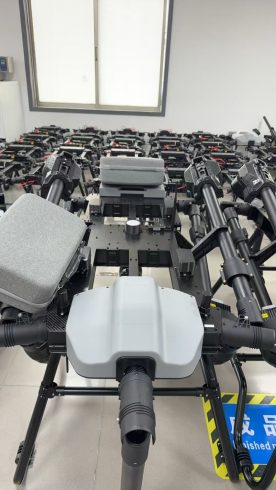
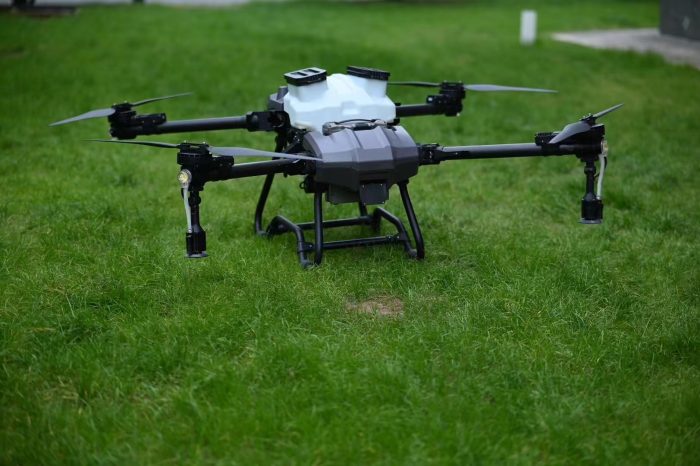
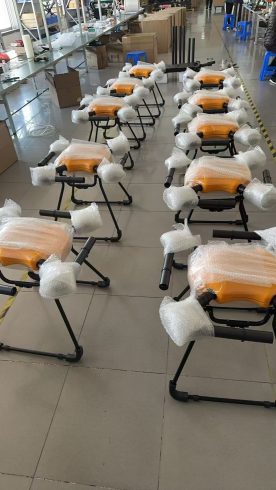
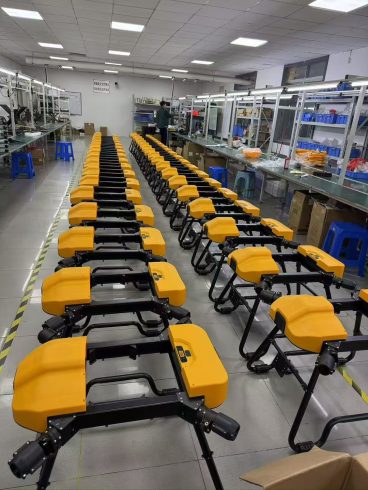
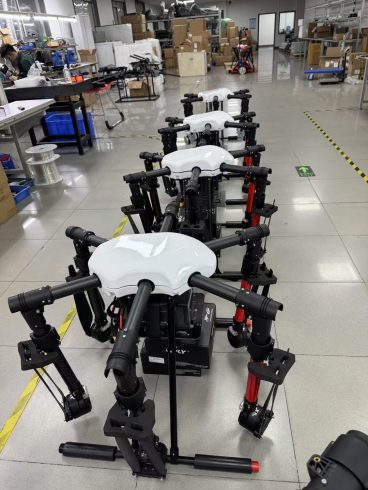


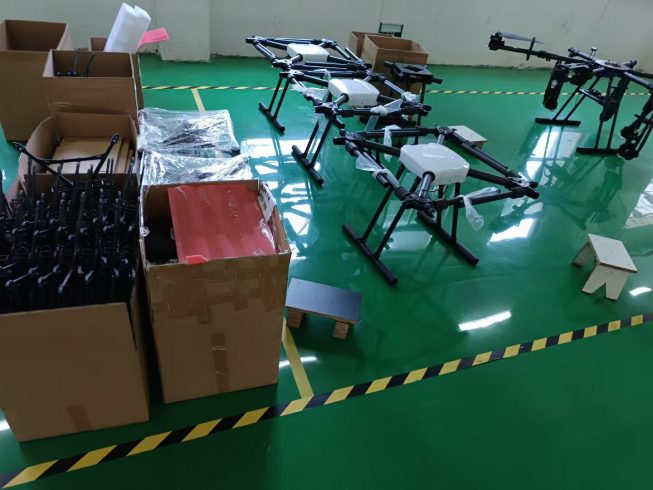

暂无评论内容